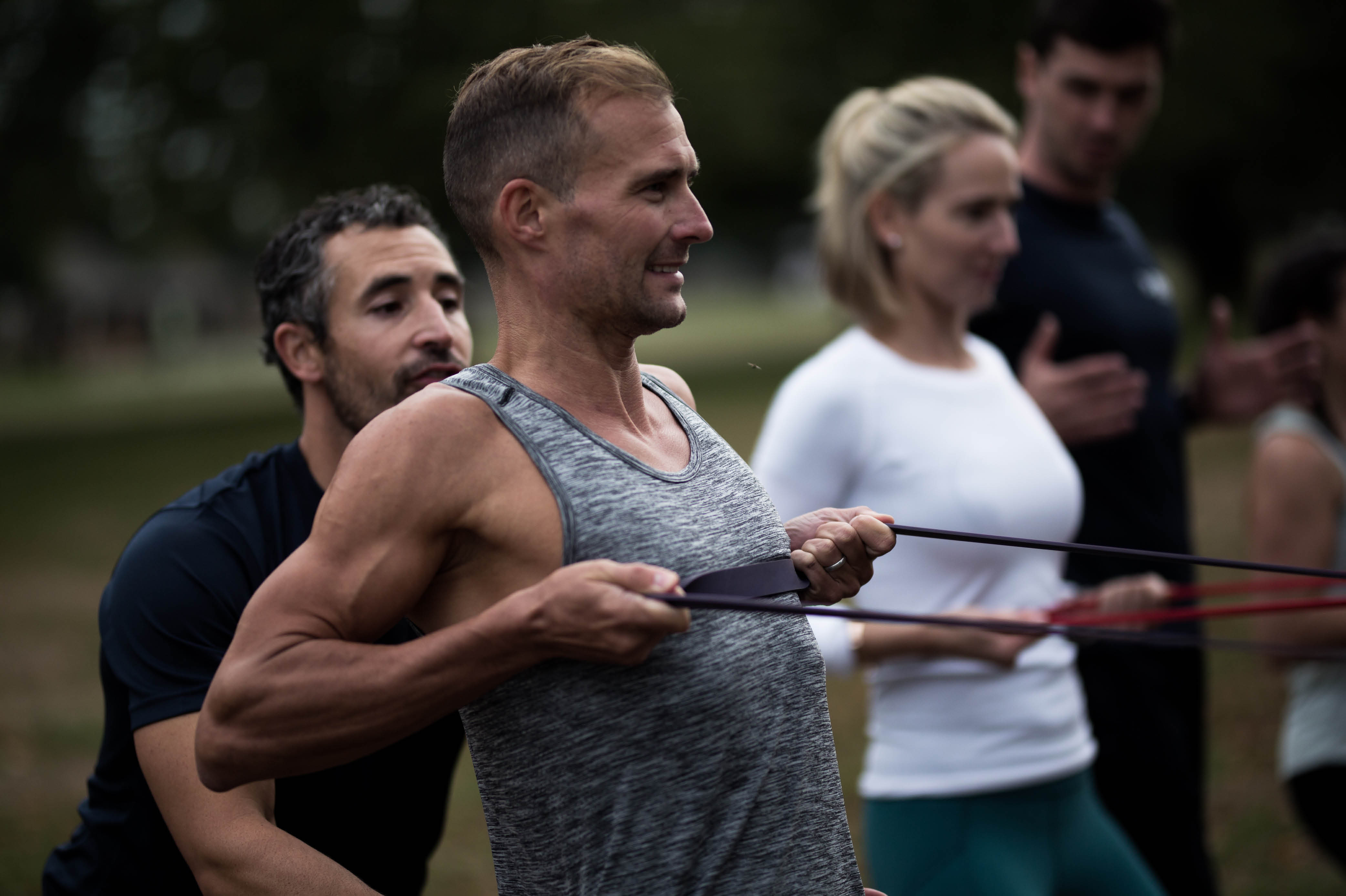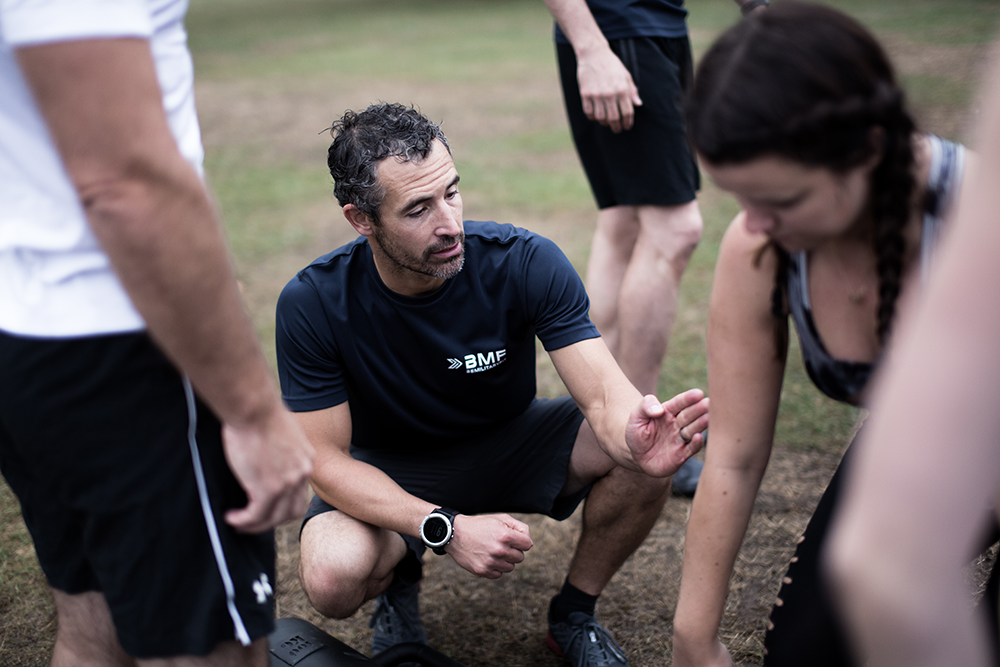
Release and Recover with BMF Academy Trainer, Andy Phillips
March 3, 2019
Topics:
Recovery is a critical component of any successful training programme and is probably the least planned and under utilised method to enhance performance. A balanced combination of rest and recovery along with good nutrition and regular exercise should be the basis of any fitness regime.

What causes tight muscles?
Our bodies have a great ability to adapt to what is thrown at them every day, but we can often overdo it and effectively reduce our ability to recover. Muscle tightness is often the body's reaction to being placed under stress and can lead to restricted movement and reduced performance.
The BMF member app now features some release and recover routines to help ease any aches and pains. Go to the ‘On Demand – Workouts’ section, and select ‘Release and Recover’.
Stretching
To achieve the best possible results, you need enough flexibility to move well and remain pain free. Include dynamic stretching in your warm up, and light mobility or flow exercises in your cool down, saving any static stretching until post workout. Your BMF session involves a lot of movement. By including dynamic stretching in the warm up to prepare the body for the movements that are to come in the session, therefore helping towards you achieving better quality movements – especially important when performing with weights, or at a higher speed.
Flow movements
Flow movements can enhance the effect of the hard work you’re doing in the park by keeping the muscles moving and blood pumping. This helps to reduce soreness and stimulate muscle tissue repair. Recovery exercise shouldn’t push you to more than 30% of your maximum effort or it is no longer a recovery – it becomes a workout. The likelihood is that you may miss out on the rebuilding that your muscles need, and you may not see the training effects from the session you were hoping for.
Foam Rolling
Tight muscles and trigger points sometimes need assistance to return to healthy normal tissue, that’s where foam rolling comes in. Besides feeling less sore and therefore ready for the next session, there are many other benefits to it including improved muscular balance, relief of joint stress, and release of muscle tension. This helps to give your muscles a better range of motion and you’ll have a lesser risk of injury.
Trigger points are an extremely common cause of muscular pain and are painful when pressure is applied. They can also cause other pain within the body called referred pain. An example given by the NAMTPT (National Association of Myofascial Trigger Point Therapists) mentions that when the muscle at the top of your shoulder (trapezius) has a trigger point it will refer pain up the side of your neck and head - causing a headache. You can learn more here.
Releasing trigger points helps to re-establish proper movement patterns and pain free movement. This can be achieved through a range of methods such as trigger pointing with your hands or a hockey ball, but the foam roller is less intrusive and still achieves great results – it’s also much easier to do if like most of the population, you’re not trained in this area of fitness expertise.
Spending some additional time focusing on recovery can pay dividends beyond extra training time and you will notice improvements in recovery time. Don't forget to mix up you routine and refer to the On Demand section of the app for inspiration.
